Webpages tagged with «Ecology»
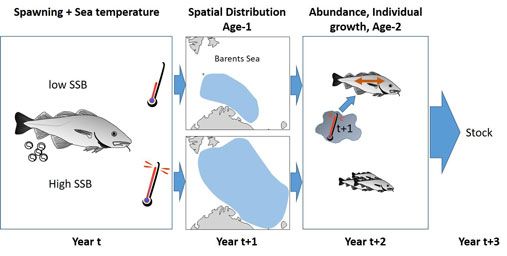
While the importance of early life survival and growth variations for population dynamics is well documented, there is still a relatively limited understanding of how survival and growth is affected by the species’ spatial distribution. In a study published in the ICES Journal of Marine Science, we analysed 24-years of indices of spatial distribution of 1 year old Northeast Arctic cod to study the role of distribution for the change in abundance and mean body size through their second winter of life.
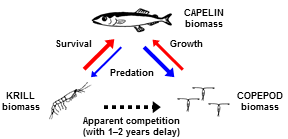
In a study recently published in Ecology we find apparent competition between major zooplankton groups in a large marine ecosystem. Apparent competition is an indirect, negative interaction between two species or species groups mediated by a third species other than their prey.
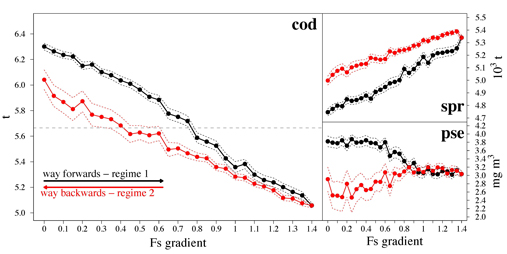
In this study we assessed the chances of recovery of the Baltic Sea cod stock and conclude that it will never come back to the status it had more than three decades ago and that the economic losses associated to this new baseline amount to 120 million euros per year.
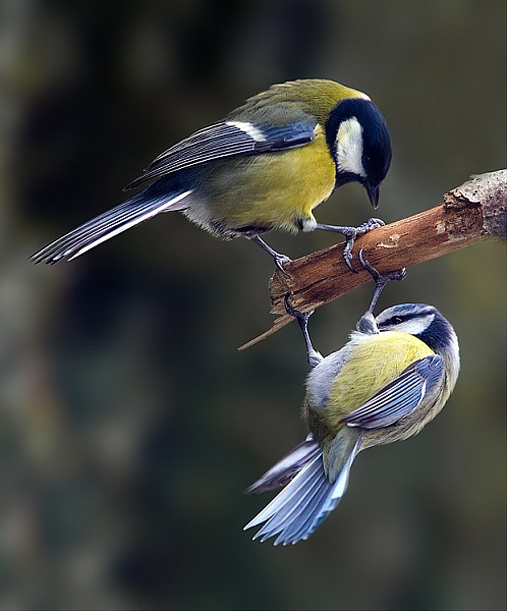
Climate warming is known to affect predator-prey relationship and phenology. Less is known about competitive relationships specifically in a nonlinear framework. In a recent study, we studied this topic on…
passerine birds.
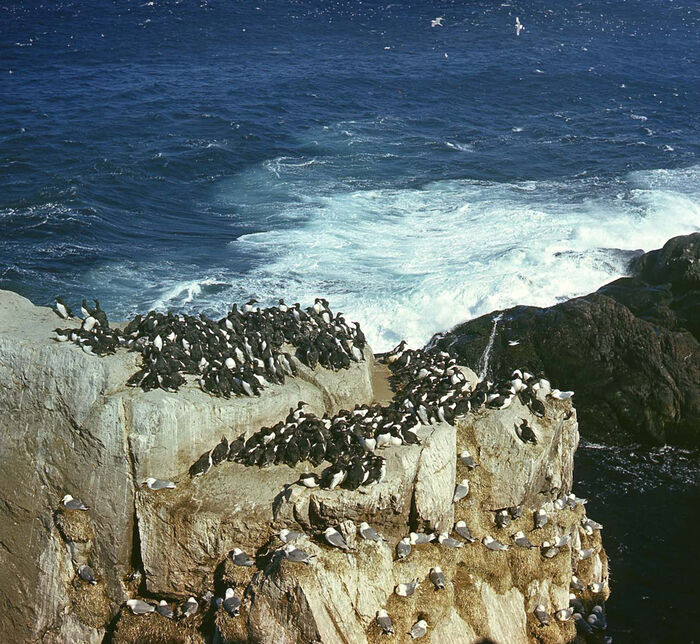
Short supplies of adequate nesting sites and food resources are often associated in discussions of the ultimate factors controlling seabird population size, distribution and breeding success. Shift of prey distribution may affect the interaction between seabirds breeding at the same site.
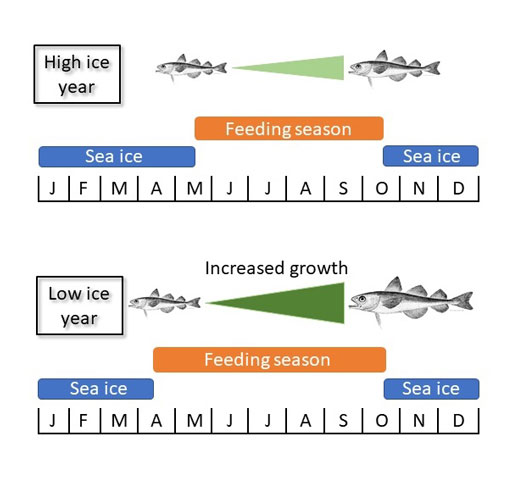
We studied the effect of changes in sea ice cover, sea temperature, and biomass of prey or predator on the length of polar cod. Our results show a significant negative effect of sea ice cover on length of all age groups of polar cod: Polar cod grow faster when there is less sea ice.

The Ecosystem Approach to Fisheries Management has for many years been presented as the way to go to ensure fish stock productivity and has been adopted by many governments and international organizations. But to which extent has ecosystem information in fact been included in tactical fisheries management practice?
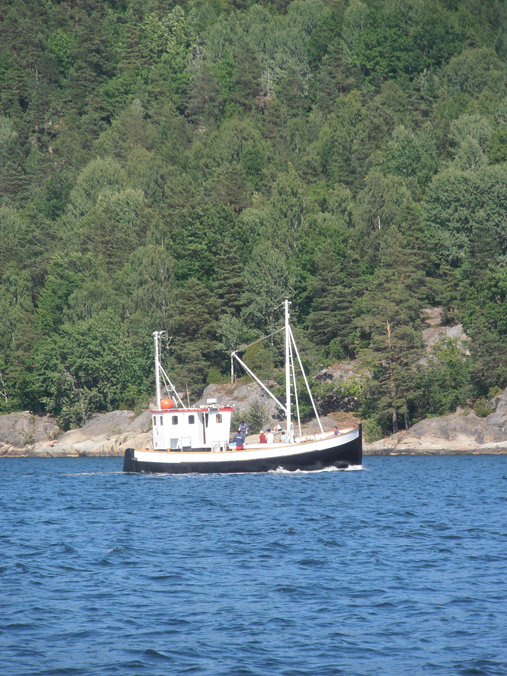
Spatial Ecosystem models can be useful but need to be validated with data. Our study validates for the first time the spatial version of the commonly used Ecopath with Ecosim ecosystem modelling suite. We find that spatial distribution of fish species is well predicted by the model, but fishing effort distribution is not.
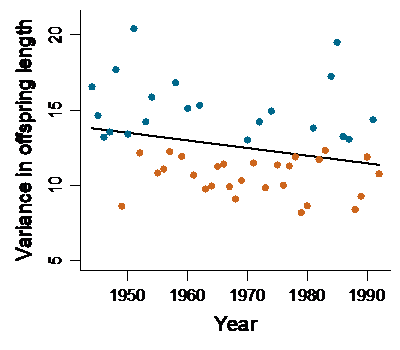
In a recent study, we investigated the impact of size variations within cohorts and how this may affect the stability of cannibalistic populations. We found that large variations in size of the offspring tend to stabilize the population dynamics.
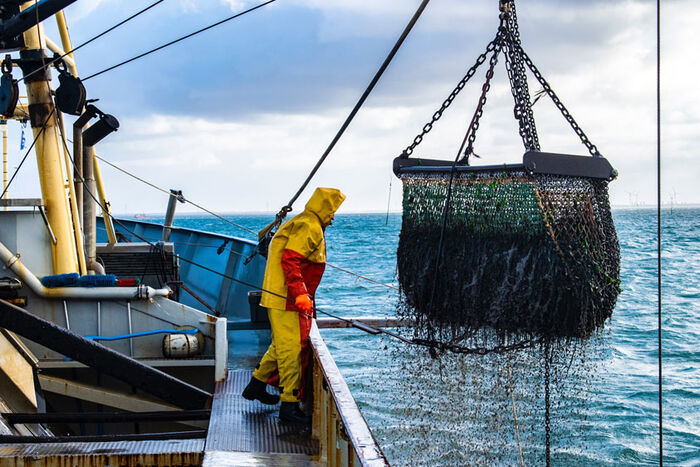
“Social-ecological systems dependent on fisheries must be resilient or adapt to remain viable in the face of change.”
In a paper published in ICES journal of marine science we reviewed the adaptation options in fisheries management to support resilience and transition.

Since Hjort’s ground-breaking work, it is admitted that the survival from the egg to the first reproduction is an essential factor affecting the dynamics of fish populations (see post). Human activities around spawning ground may have an effect on the mortality of the younger age. One of such potentially risky activity is oil exploitation which is on the increase in the northern areas.

High fishing pressure tends to lead to proportionally fewer old and large individuals in fish stocks. It is feared that these demographic changes make the fish stocks more sensitive to climate variability and change. Statistical analysis of long-term survey data on cod eggs throws new light on the possible mechanisms.
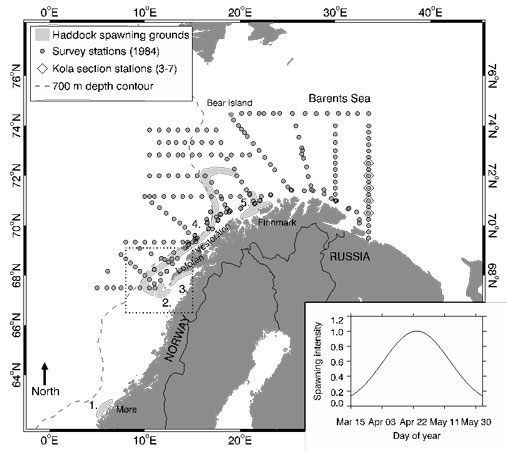
Spawning migration is a prevalent phenomenon for the major fish stocks in the Barents Sea. While many of them migrate to the coast of Norway to spawn they are doing so to different areas. We have studied the Northeast Arctic haddock variability in spawning grounds to understand what drives the observed shifts over time.
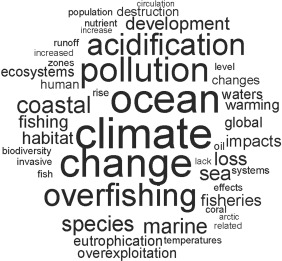
Interdisciplinarity is a central focus for many funding agencies. The argument for this is that only with scientists working together that some of the major questions of today could be answered. In a recent paper, a collection of students and post-doc from the NorMER network explored the difference of perception of scientists in function of their discipline: social science or natural science.

Interdisciplinarity is often presented as the solution to answer some of the major questions of today. Master student Djuna Buizer reflected on the subject in a post.

Jellyfish are usually not targeted by scientific surveys that focus on commercial fish stocks. However, they are very often found in the by-catch of egg and larval surveys. In a recent paper in ICES journal of Marine Sciences, we studied such by-catch data from surveys conducted between 1959-1993 in the Barents Sea showing the high value of such historic data.
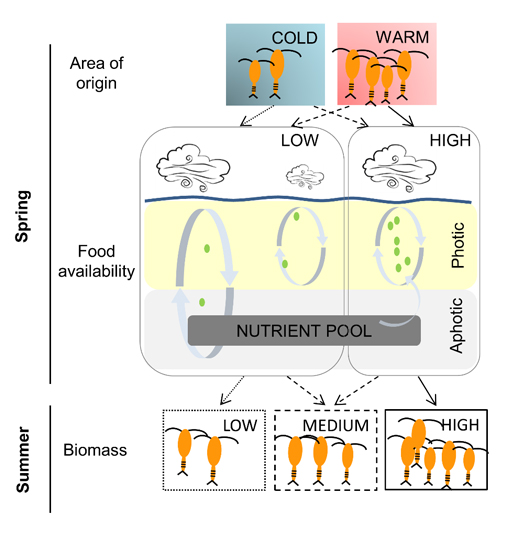
A recently paper published in PNAS, members of the CEES Marine Group explore potential climate effects on Calanus finmarchicus, a key zooplankton species in the North Atlantic. The paper shows how the combination of shallow mixed-layer-depth and increased wind apparently increases chlorophyll biomass in spring, and in turn C. finmarchicus biomass in summer. These findings strongly suggest bottom-up effects of food availability on zooplankton, and highlight the need to consider climate effects “beyond temperature” when projecting zooplankton dynamics under climate change.

A fundamental challenge for European Marine Science is to deliver scientific impact, global leadership and sustainable blue growth for Europe in times of overexploitation, climate change and other anthropogenic stressors. The Marie Sklodowska-Curie Innovative Training Networks MARmaED project makes important steps to answer this challenge by connecting science, policy and people, thus transcending national borders, disciplinary barriers and sectorial divides.
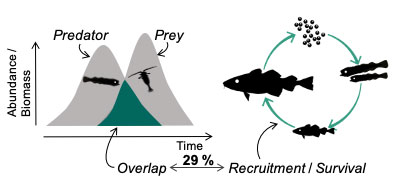
We assessed the effect of the predator−prey relationship on predator survival by developing a novel metric of predator−prey overlap using spatio-temporal statistical models. We found that the amount of overlap between cod larvae (length: 11−15 mm) and their prey explained 29 % of cod recruitment variability.
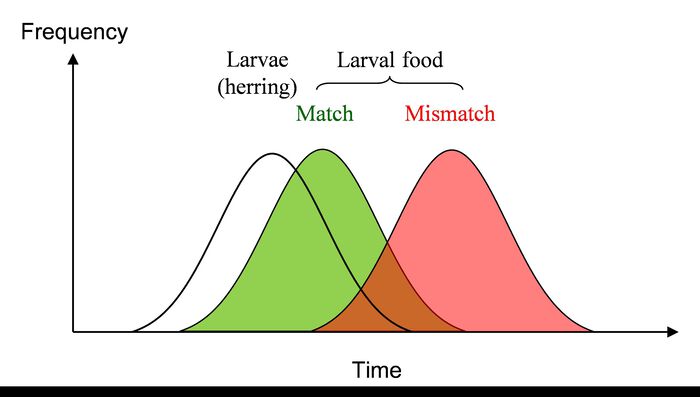
Climate change is thought to change many aspects of the marine life. Among others, one can mention changes in species distribution (immigration of species; new species coming to northern areas), the rate of development (warmer the temperature, the faster is the development), and change in the timing of the reproduction. The latter has recently caught a lot of attention around a nearly 50 years old hypothesis of the British fisheries biologist David Cushing.
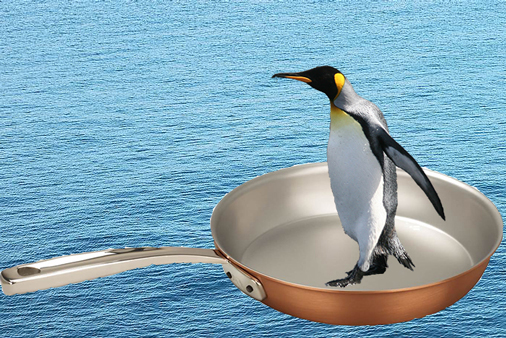
Penguins are highly visible species for the public. Their life has been portrayed in many movies. Unfortunately they are also species impacted by climate change. In a recent publication a team led by Charles Bost used long-term data to relate the large-scale climatic anomalies in the Southern Hemisphere to the foraging behaviour and population dynamics of the king penguin.
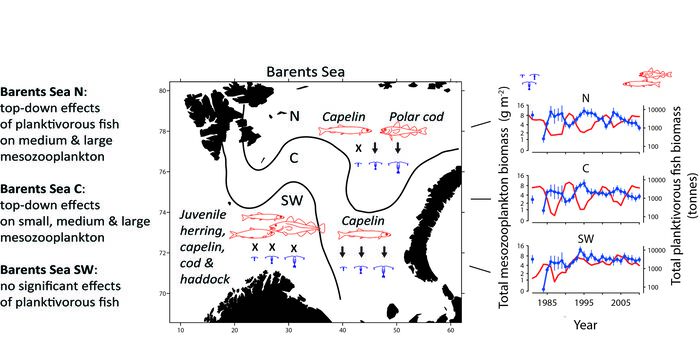
Statistical analyses of long-term monitoring data reveal an inverse relationship between the biomasses of zooplankton and plankton-eating fish, but only in the northern and central parts of the Barents Sea. In the southwestern Barents Sea, so such relationship is found.
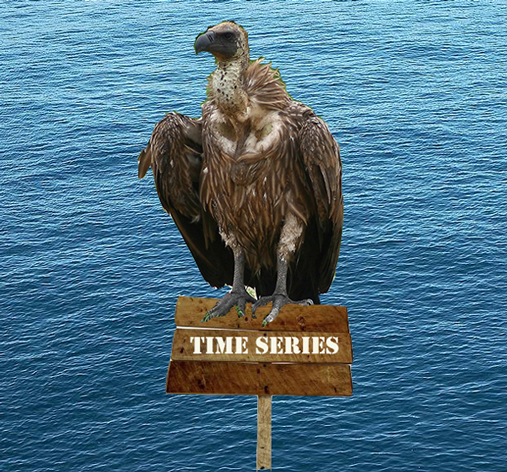
Some while ago a student asked us if we were collecting data in the marine ecological group at CEES. We were forced to acknowledge that we were not. From this follows a real cri de coeur: “but we are only scavengers!” Are we really? If we are, is it all bad?
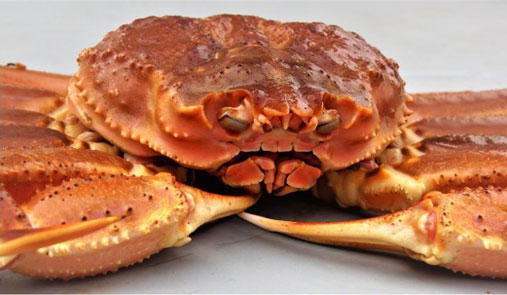
The snow crab (Chionoecetes opilio) is a newly established species in the Barents Sea, increasing in both distribution and abundance in recent years. In this Arcto-Boreal sea, they encountered the most abundant Atlantic cod (Gadus morhua) stock. What happens from here?
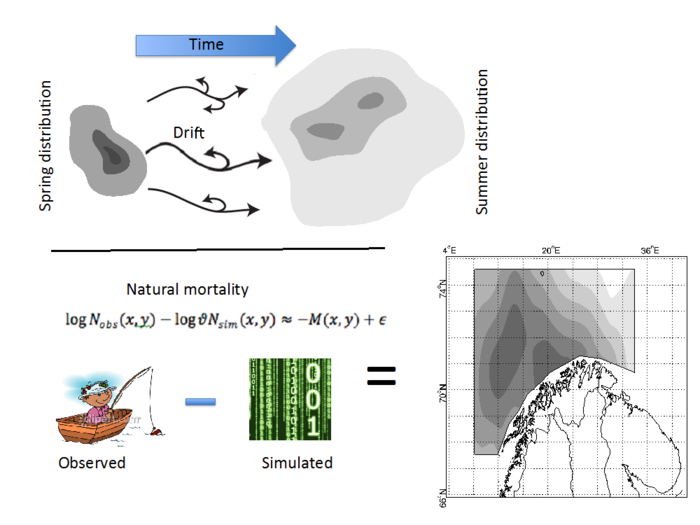
Mortality of pelagic eggs and larvae of marine fish is often assumed to be constant both in space and time due to lacking information. This may, however, be a gross oversimplification, as early life stages are likely to experience large variations in mortality both in time and space.